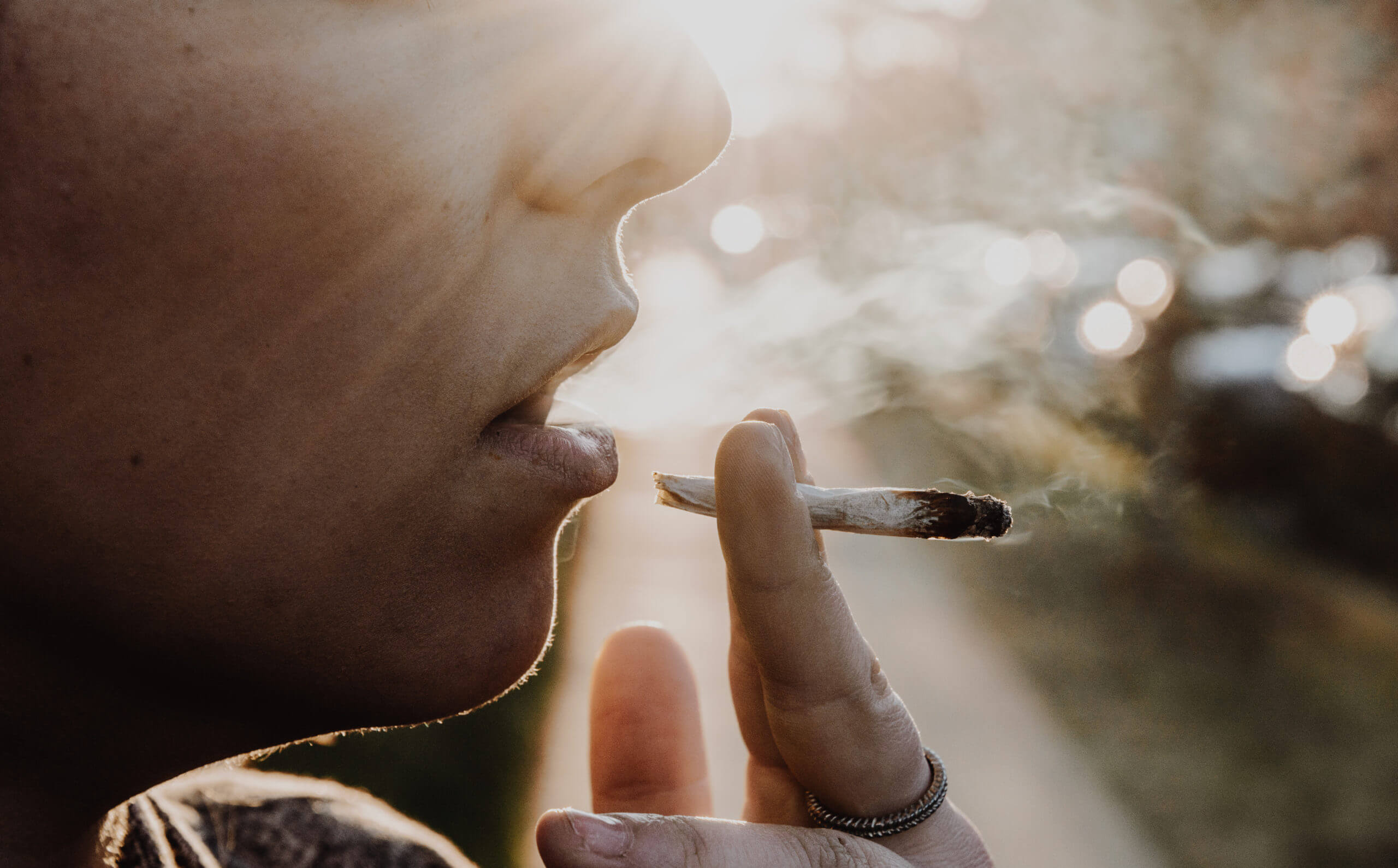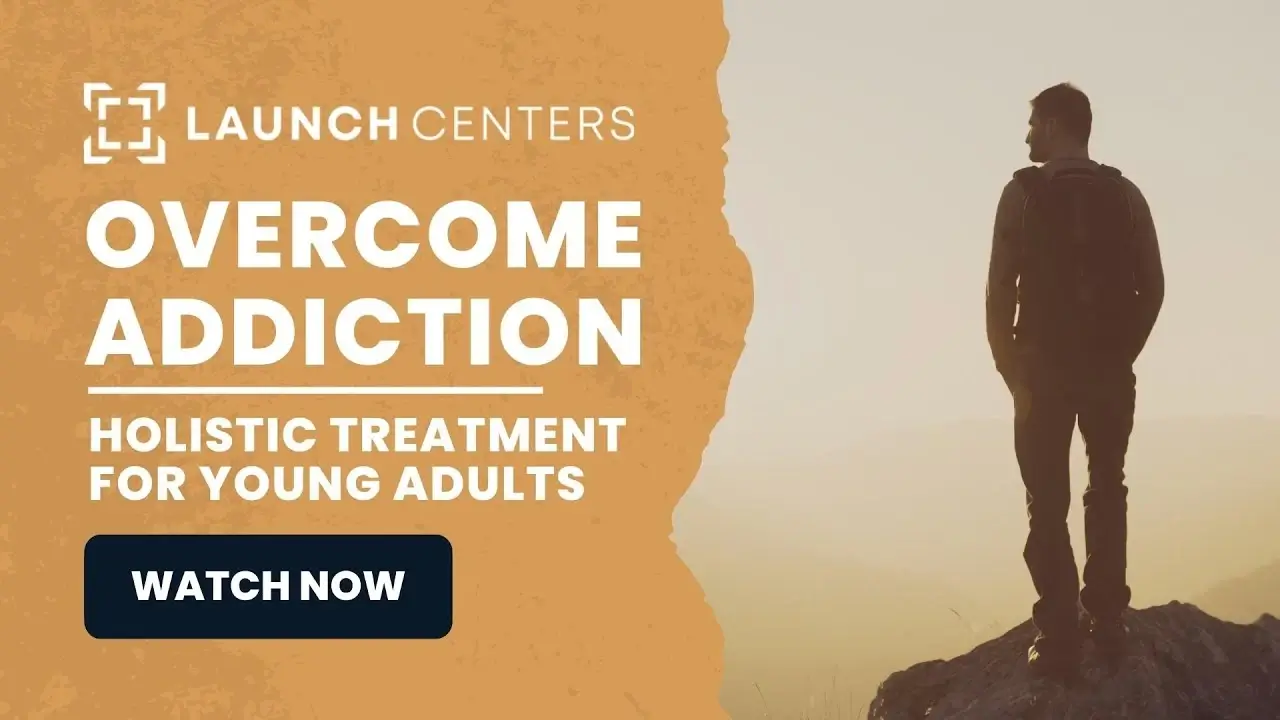
Marijuana Treatment In Los Angeles
Marijuana Abuse and Treatment
Now more than ever, questions about marijuana use and abuse are at the front and center for the national stage. With more and more states legalizing recreational and medical marijuana use, the public faces a great deal of uncertainty surrounding the substance.
So, what exactly does the research say about marijuana abuse? Is it as safe as proponents claim, or as harmful as opponents indicate? As with just about everything in life, the answers aren’t as cut and dry as one might prefer.
The reality is that marijuana can be safe to use for some people, and dangerous for others, but there’s a great deal of data that lies behind that oversimplification. In any case, it’s clear that it’s false to simply state that marijuana is universally safe.
Medical Properties of Marijuana
It’s a rarely disputed fact in the modern world that medical marijuana can be an effective treatment method for people suffering from all sorts of conditions. In fact, about 85% of Americans support legalizing medical marijuana on a large scale.
One of the most common uses of medical marijuana is pain management. Since physical dependency on marijuana is unlikely, and overdose simply isn’t possible, marijuana is a far more attractive pain relief option than opioids. Of course, marijuana isn’t strong enough to manage severe pain. Additionally, medical marijuana can be used to decrease nausea, stop weight loss, and assist with glaucoma, among other things. What’s more, states that have adopted medical marijuana are shown to have fewer opioid prescriptions filled on a regular basis.
Marijuana Withdrawal Symptoms
Since the question of whether or not marijuana is addictive often comes into play, it’s no big surprise that whether or not marijuana withdrawal symptoms actually exist is similarly questioned. The short answer is: yes, someone who abuses marijuana can experience symptoms of withdrawal.
However, these symptoms are much different than those of withdrawal from opioids and other drugs. Mostly, chronic users can expect to feel a loss of appetite and focus, an inability to sleep properly, and a general sense of irritability when they stop using marijuana. In very severe cases, a person might experience chills and stomach problems.
Fortunately, withdrawal symptoms should only last for somewhere between 24 and 72 hours, and they can be mitigated by drinking plenty of water, exercising, and eating healthy. If these measures are taken, even a chronic user might not notice any negative side effects when they stop using marijuana.
Marijuana Addiction Treatment in Los Angeles
Sometimes, people are able to break their own marijuana addictions. Of course, there are some important caveats to that statement: this is only the case if abuse hasn’t progressed into full-blown addictions, and if the user is an adult who only began abusing marijuana once they had entered adulthood.
For people who feel that they can’t function without marijuana, or for adolescents who have already begun abusing the drug, some level of treatment may be necessary to fully break the habit. While inpatient programs likely aren’t needed, less intensive treatment programs may be just what the doctor ordered to disrupt marijuana abuse.
Too much of a good thing can, indeed, be a bad thing. While marijuana almost certainly has some medical benefits for certain users, it can also have negative repercussions on a user’s life when abused; receiving treatment will simply allow the user to rewire their thinking about the drug so that they eventually break the compulsion.
Launch Centers offers a number of different treatment options and can help end the cycle of addiction to marijuana—contact us today.





